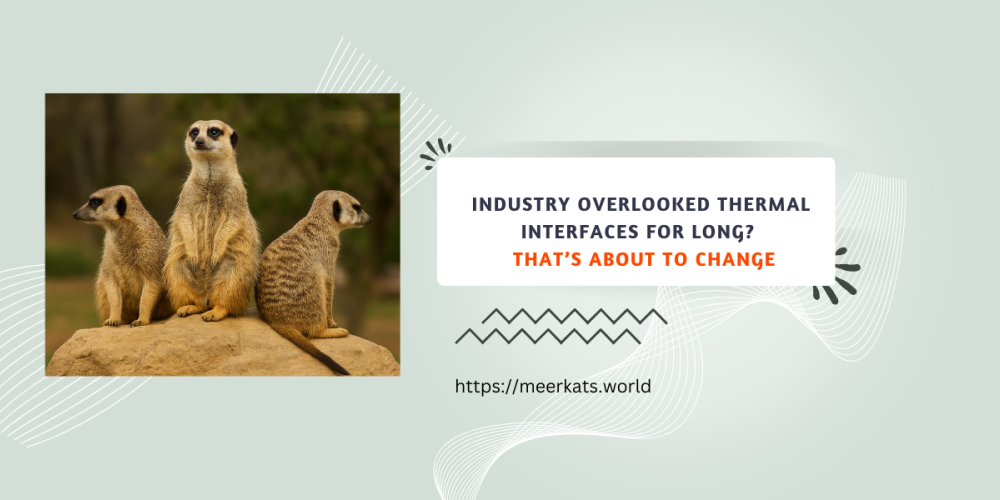Why the Most Overlooked Component in Electronics Could Be the Key to a Greener, Faster Future
Deeptech India
- Professor
- Jul 27, 2025
- Deeptech India
Why the Most Overlooked Component in Electronics Could Be the Key to a Greener, Faster Future
For years, the electronics industry obsessed over faster chips, cutting-edge interconnects, and advanced cooling systems. But the one component sitting quietly between your chip and cooler the thermal interface material (TIM) - barely evolved.
TIMs, those thin layers of paste, pads, or phase-change films, were treated as commodity fillers, not innovation drivers. The result? They now contribute up to 80% of the total thermal resistance in some high-performance systems.
And that means higher energy bills, shorter device lifespans, and a bigger carbon footprint all because of an overlooked sliver of material.
Why TIM Innovation Lagged Behind
How did TIMs become the weak link in a world of high-tech advances? A mix of market dynamics and technical inertia:
-
Seen as “just filler” Companies treated TIMs as replaceable, low-value consumables.
-
Customization chaos Every new device needed a custom solution, so most stuck to off-the-shelf products.
-
Power creep was gradual For years, chips weren’t hot enough to force a rethink.
-
New tech brought new risks Liquid metals and exotic pastes promised better conductivity but came with oxidation, leakage, and toxicity issues.
-
No single owner TIM R&D got bounced around between chipmakers, module suppliers, and chemical companies, with no clear leader.
-
Endless testing cycles Qualifying a new TIM can take up to two years, slowing adoption.
-
Investment went elsewhere – Cooling systems felt like safer bets for R&D dollars.
Why the Spotlight Is on TIMs Now
The landscape is changing — fast:
-
AI chips and EVs are pushing power density to unprecedented levels, making TIMs the new thermal bottleneck.
-
Energy efficiency and carbon credits now drive corporate decisions — better thermal management saves both energy and emissions.
-
Durability and e-waste reduction aren’t optional anymore — brands and regulators demand longer-lasting products.
-
Next-gen TIMs — like nanostructured, metallic, or hybrid composites — are finally delivering real-world, reliable performance.
What’s at Stake
For electronics manufacturers, data centers, and even nations, the upside is huge:
-
5–15% energy savings in power electronics and data centers.
-
Longer device lifespans — fewer failures, less e-waste.
-
Carbon credits and sustainability milestones that translate into real financial benefits.
-
Competitive edge for those investing in advanced TIM technologies now.
The Bottom Line
TIMs can’t be treated as afterthoughts anymore. They’re becoming central to performance, efficiency, and sustainability in the electronics industry.
The companies (and countries) that embrace this shift will define the next era of innovation.
Want to see how nanostructured TIMs like CV22 are redefining performance for AI, EV, and energy systems?
Contact Meerkats









